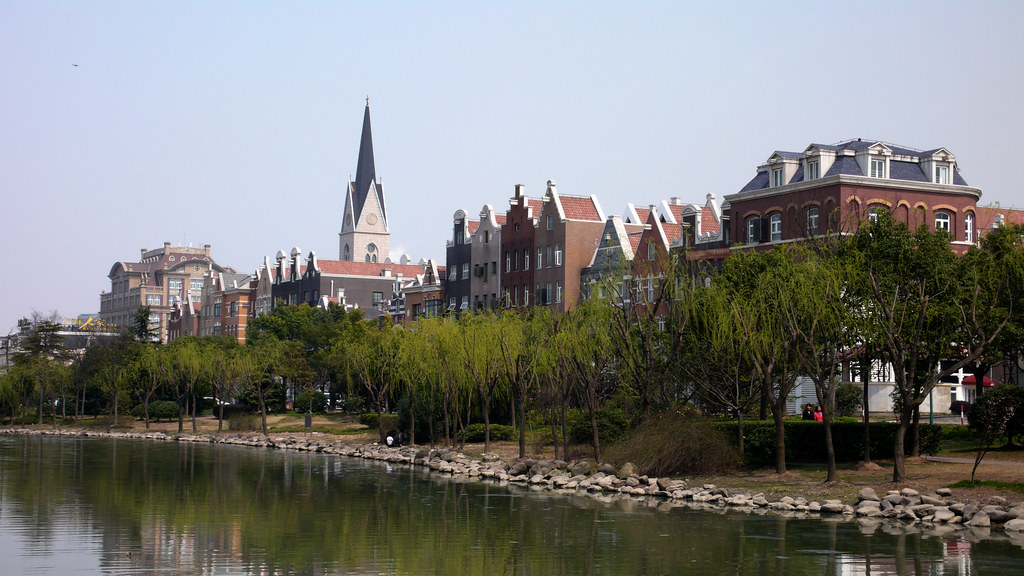1)
Summarize in your own words of materials you read:
Globalization
is nothing new, just that more attention is paid to it only recently.
People
often associate connectivity as the main defining feature of globalization, but
it is to be noted that the convergence of consciousness is as important.
Globalization
can be mainly classified into 3 dimensions namely, economic, political and
cultural. The increase in globalization of a certain dimension could affect the
other dimensions as well. For instance, economic globalization where
Multi-national companies such as Macdonalds expand its franchise branches in
South Korea would not only affect the country economically but culturally as
well. As it would change the locals taste and preferences and consumption habits,
spreading fast food culture. The irony is that even though it has been said to
be adjusted to suit local tastes, it also alters the consumption habits of that
host country as well.
In
addition, globalization also bring about problems such as the homogenization of
culture as the world’s culture become more intertwined making them converge to
a certain culture. As per mentioned in the article where the world becoming a
singular entity. I believe it is up to the country’s effort to create and hold
on to their unique identities.
Glocalization,
the incorporation of local taste and preferences into foreign goods and
services. But it too has its problems.
2)
Mention of any new, interesting, or unusual items learned
A few
interesting point I have picked up is homogenization of culture and
glocalization. It is said that glocalization may be able to lessen the impact
of homogenisation by introducing local elements in foreign imports. Whereas homogenisation is the process where the world becomes more and more similar. Although it is said that glocalisation helps to mitigate the ill effects of homogenisation where cultures become too similar.As globalization is inevitable, homogenisation, however is not. After
reading the article, I feel that glocalization is at best a mediocre solution
to counter any influence that globalization brings. As the spread of influence is still there. But, currently it is the only mechanism to cope with homgenization. I believe that the country should create its own uniqueness and identity in the long run. However, in the short run, glocalization can be used to reduce the influence on the country.
3)
Identify at least one question, concern, or discussion angle
I
came across several articles where homogenization is taken to an extreme.
As we
all know, European countries are well known for their distinct structures of
towns and infrastructure. And many of us would dream to visit such areas.
Now,
we can see the replicates in China, where European towns and landmarks have
been replicated. I feel that this is extreme scenario of globalization where
the entire culture, including the exact infrastructures and towns are being
replicated.
Hallstatt, China is a project about copied architecture by artists Sebastian Acker & Phil Thompson. The fake version of the UNESCO World Heritage Site is complete with an artificial lake, imported doves and of course, the houses which were the same as the ones in the Alpine Village that it made the real Hallstatt locals surprised and upset.
2. Paris in Tianducheng
The City of Lights shines bright for China’s eyes that they even had the city itself complete with the recognizable apartment buildings and the Parisian trademark, the Eiffel Tower. Unfortunately, this luxury real estate development is now a ghost town due to its inconvenient location surrounded by farmlands. See more photos here.
3. Holland Village in Pudong
The windmill near a river says it all – you’re somewhere in the Netherlands. A quiet town near the busy downtown Shanghai, the Holland Village is another housing project part of the “1 City – 9 Towns” initiative the Shanghai Planning Commission set up in 2001. It wasn’t quite successful because its location is too far from the city.http://matthewniederhauser.com/research/2013/06/18/counterfeit_paradises_halstatt_of_china/the-halstatt-of-china/
I only included 3 examples, you can read more about it at this link: http://whenonearth.net/11-fake-european-towns-landmarks-made-china/
Is this European knock-off cities a product/influence of globalisation?
I believe that this is an example of globalization gone wrong. I believe that this is a waste of china's resources on building replicate towns. They could have been better off if they tried to learn the essence of building and build towns of their own styles instead of replicating other cultures. What do you think about this phenomenon?

No comments:
Post a Comment